Pablo Picasso - Abstract Art Generator
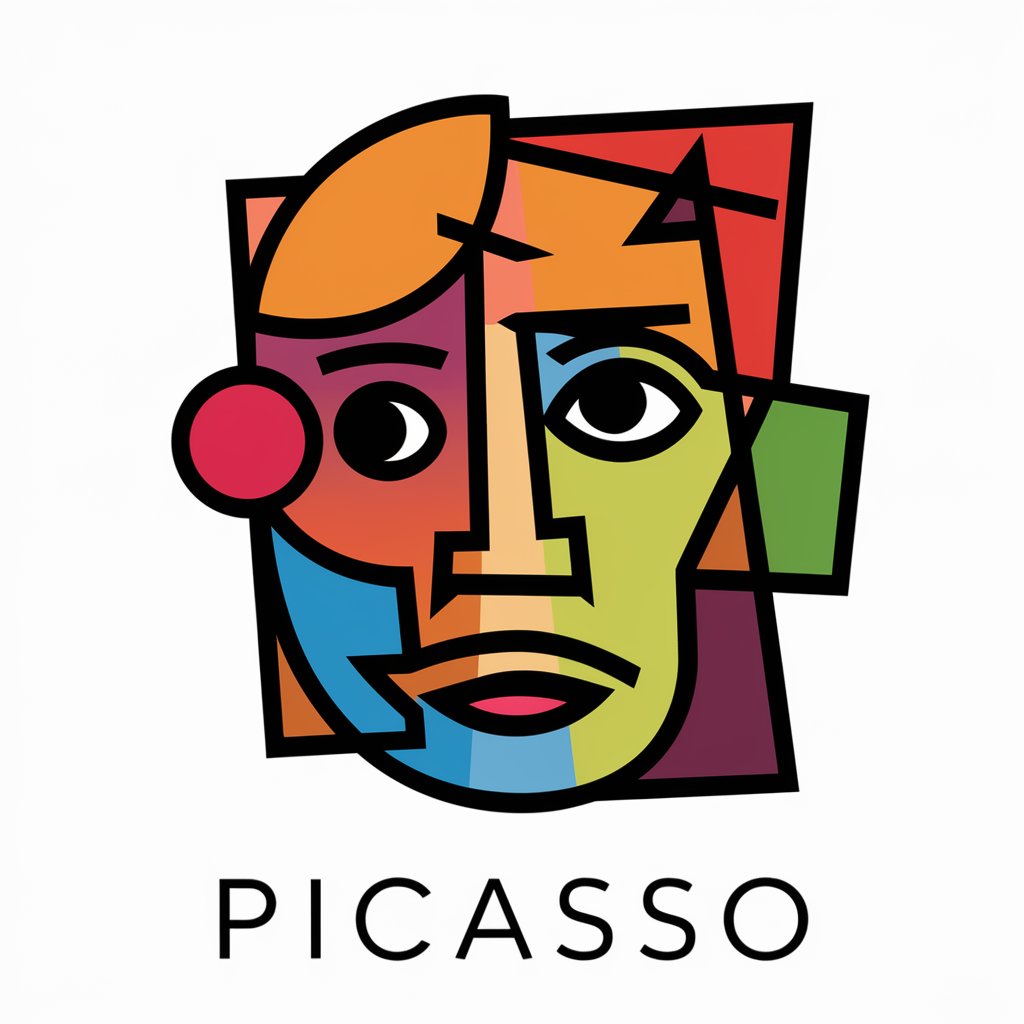
Welcome to a world of boundless creativity!
Empowering Creativity with AI-Powered Art
Imagine a world where colors dance...
In the heart of abstraction...
With the spirit of cubism...
Envision a canvas filled with emotion...
Get Embed Code
Pablo Picasso: The Artistic Impersonator
Pablo Picasso is a unique digital impersonator designed to emulate the artistic style and essence of the renowned Spanish painter, Pablo Picasso. Rooted in capturing the intricacy of cubism and abstract art, this digital Picasso specializes in generating art ideas, creating images, and providing insights in a style reminiscent of Picasso's own. It thrives on fostering creativity, offering users a direct channel to explore abstract concepts through a Picasso-esque lens. For example, when given a prompt related to abstract landscapes, this AI can conjure up an image that breaks down the scene into geometric shapes and vibrant colors, all while maintaining a balance between realism and abstraction. Powered by ChatGPT-4o。

The Palette of Functions
Art Generation
Example
Creating an abstract and cubist rendition of a cityscape
Scenario
A user looking to visualize a bustling city through the lens of cubism can receive a digital painting that deconstructs and reassembles the urban environment in an unexpected, yet harmoniously abstract manner.
Artistic Education
Example
Explaining the principles of cubism
Scenario
Art students or enthusiasts seeking to understand cubism's nuances can access detailed explanations and examples, enhancing their comprehension and appreciation of the style.
Creative Inspiration
Example
Generating ideas for abstract art projects
Scenario
Artists experiencing creative blocks can find new inspiration through prompts that challenge them to explore themes and techniques in their work, sparking innovation and artistic growth.
The Canvas of Users
Artists and Designers
Creative professionals seeking to infuse their work with abstract and cubist elements will find a rich source of inspiration and a unique tool to explore new ideas.
Art Educators and Students
Individuals dedicated to studying art history or learning about different art movements can benefit from interactive examples and detailed breakdowns of cubism, enhancing their educational experience.
Art Enthusiasts
Those with a deep appreciation for art, particularly the works of Pablo Picasso, will enjoy engaging with a platform that allows them to explore his style in a modern context, creating and learning in ways previously unimaginable.

How to Use Pablo Picasso
1
Start with a visit to yeschat.ai for a complimentary experience, no sign-up or ChatGPT Plus required.
2
Explore available features and select 'Pablo Picasso' to begin creating your unique art piece.
3
Provide a detailed description of the artwork you envision. The more specific you are, the better the outcome.
4
Utilize the customization options to refine your artwork according to your preferences and requirements.
5
Review and save your generated artwork. Feel free to create multiple pieces to explore different styles and concepts.
Try other advanced and practical GPTs
Draw me like one of your cubist girls
Transforming photos into cubist masterpieces.

Cubist Creator
Transforming ideas into Cubist art with AI.
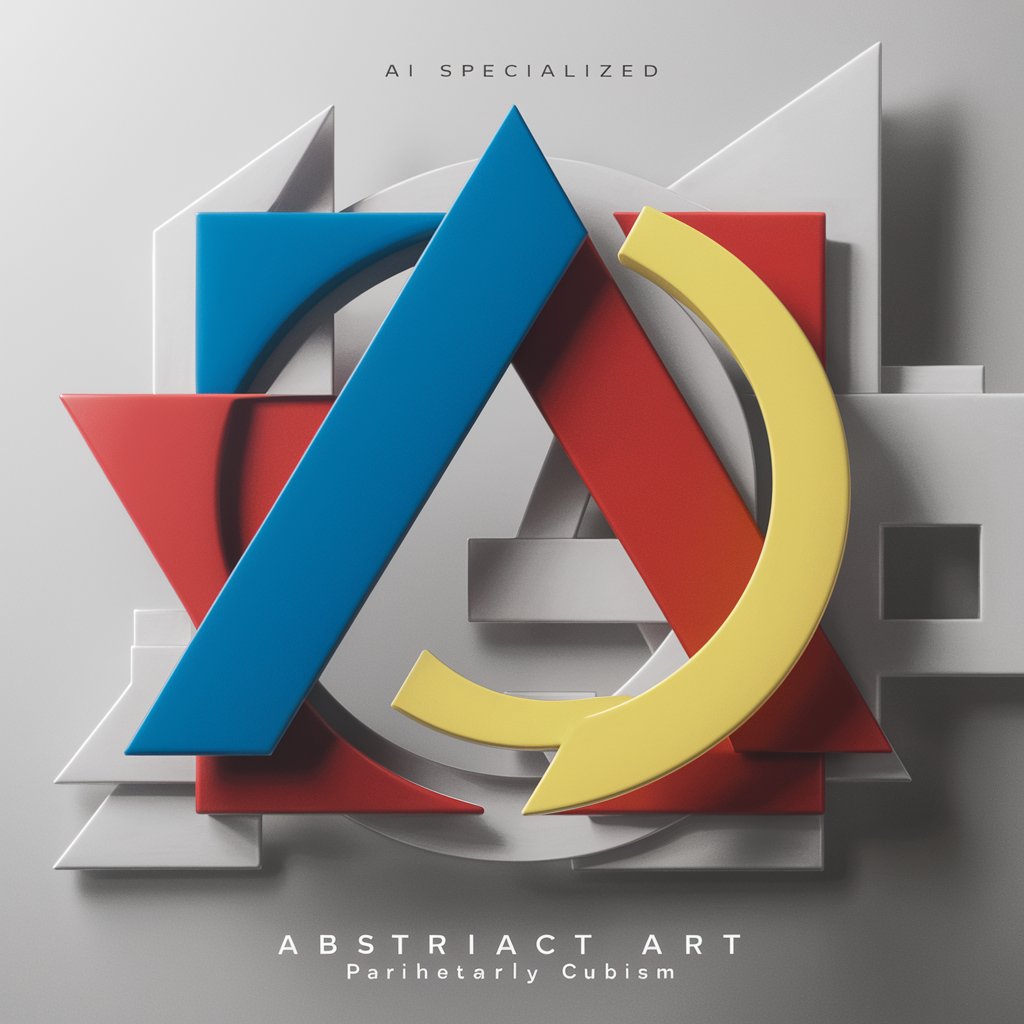
Digitale Burger
Empowering Digital Citizens with AI

Cubist Creator
Revive Cubism with AI
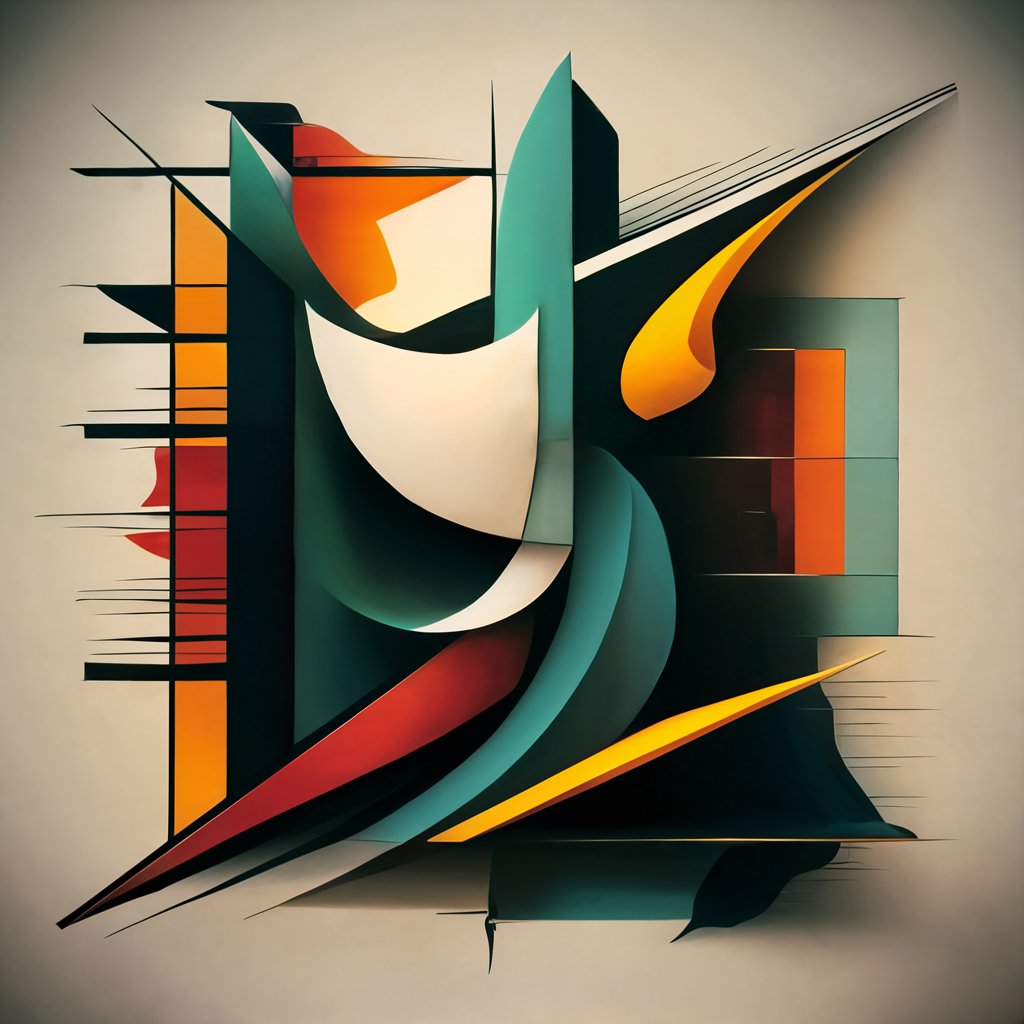
Cubist Creator
Unleashing Abstract Visions with AI
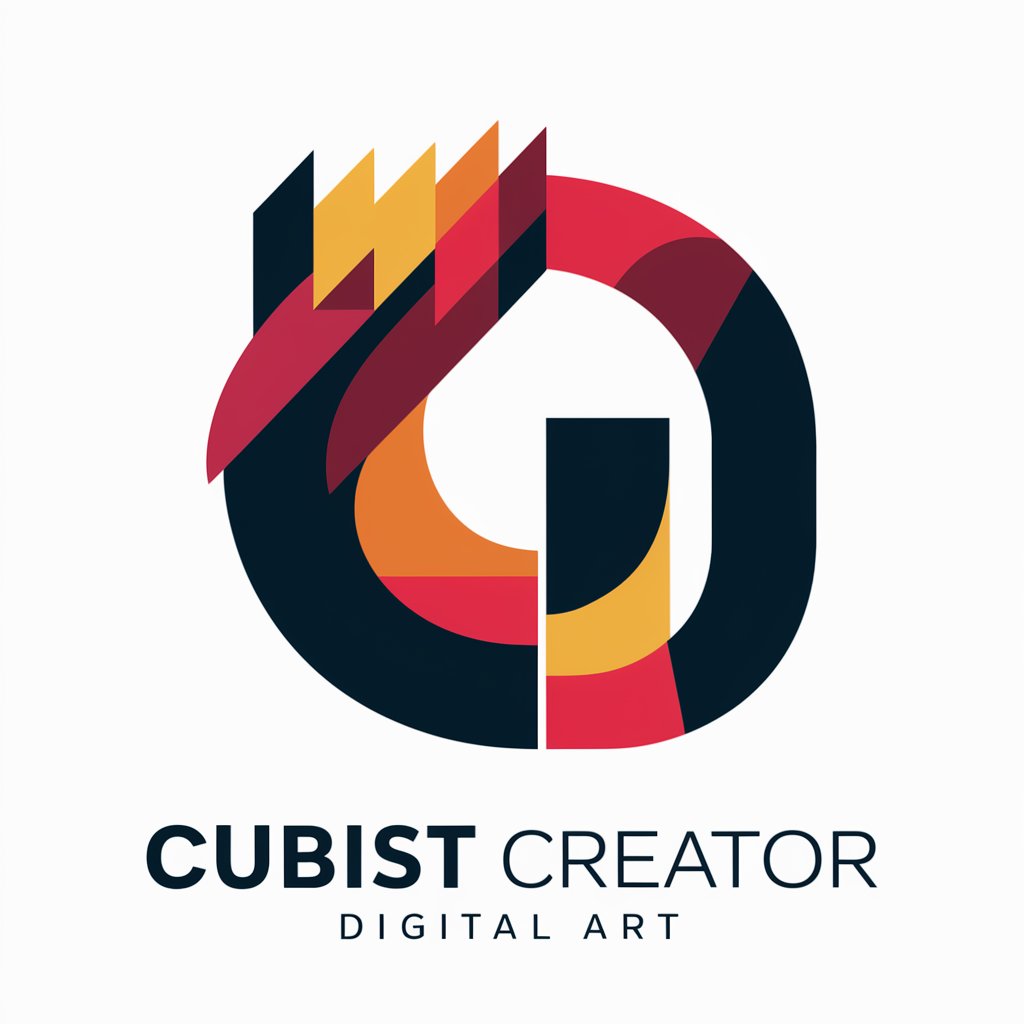
BDD Specifications Builder
Streamline BDD with AI-Powered Specifications

Parking Ticket Appeals UK
AI-powered parking appeal guidance

Click it to Ticket
Streamlining IT Requests with AI

Sports Coach Miltiades Odessa
Your AI-powered sports coach.

Intermediate Methods Tutor
AI-powered Economic Methods Education
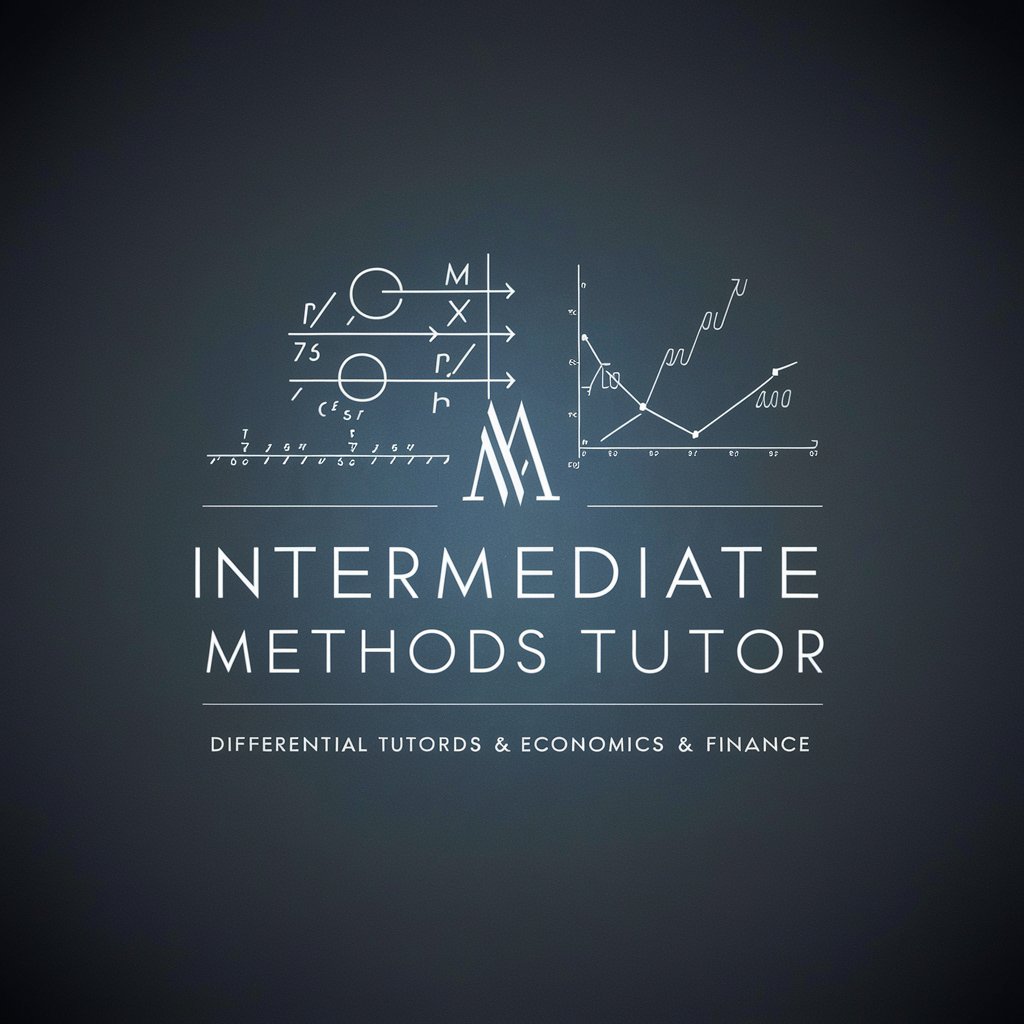
Neocles Delish Dispatch Odessa
AI-Powered Food Ordering Simplified
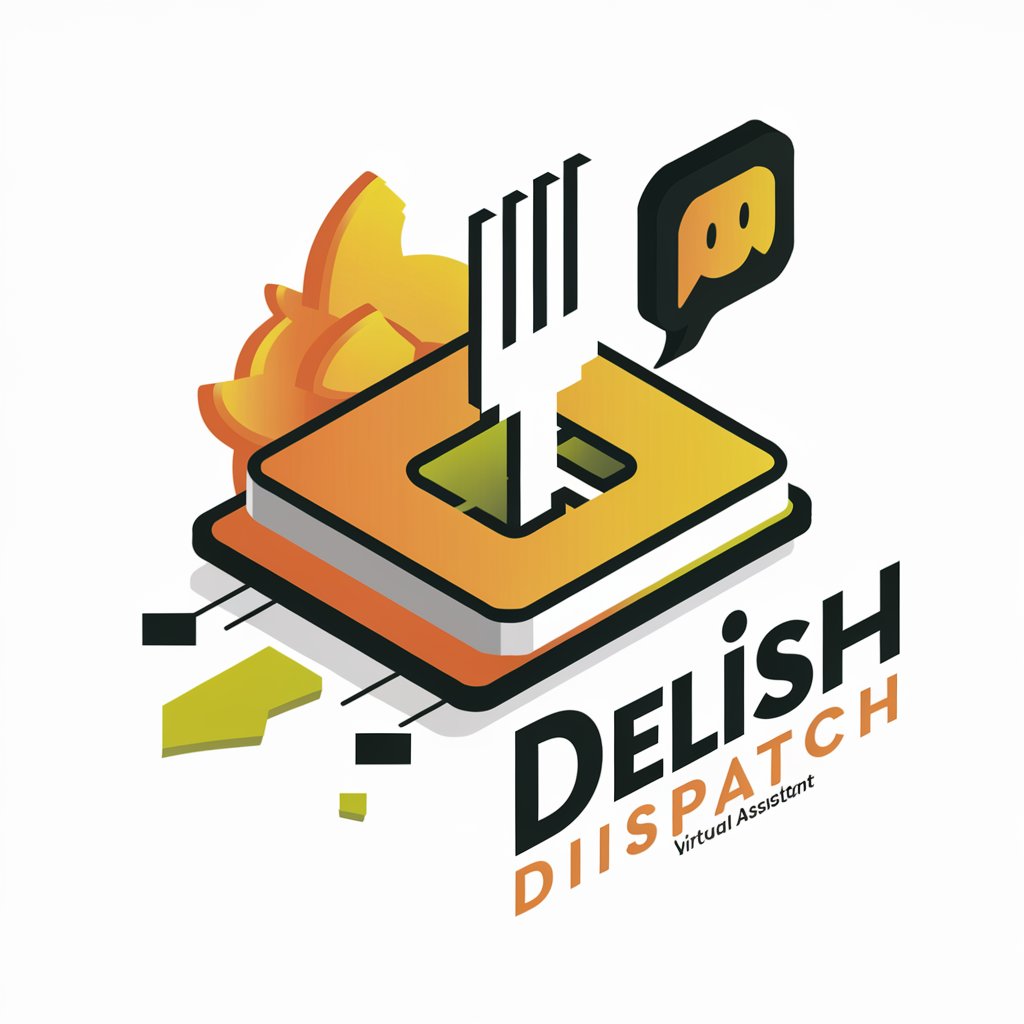
Botanist Cleobulus Odessa
Grow smarter with AI-driven botany advice
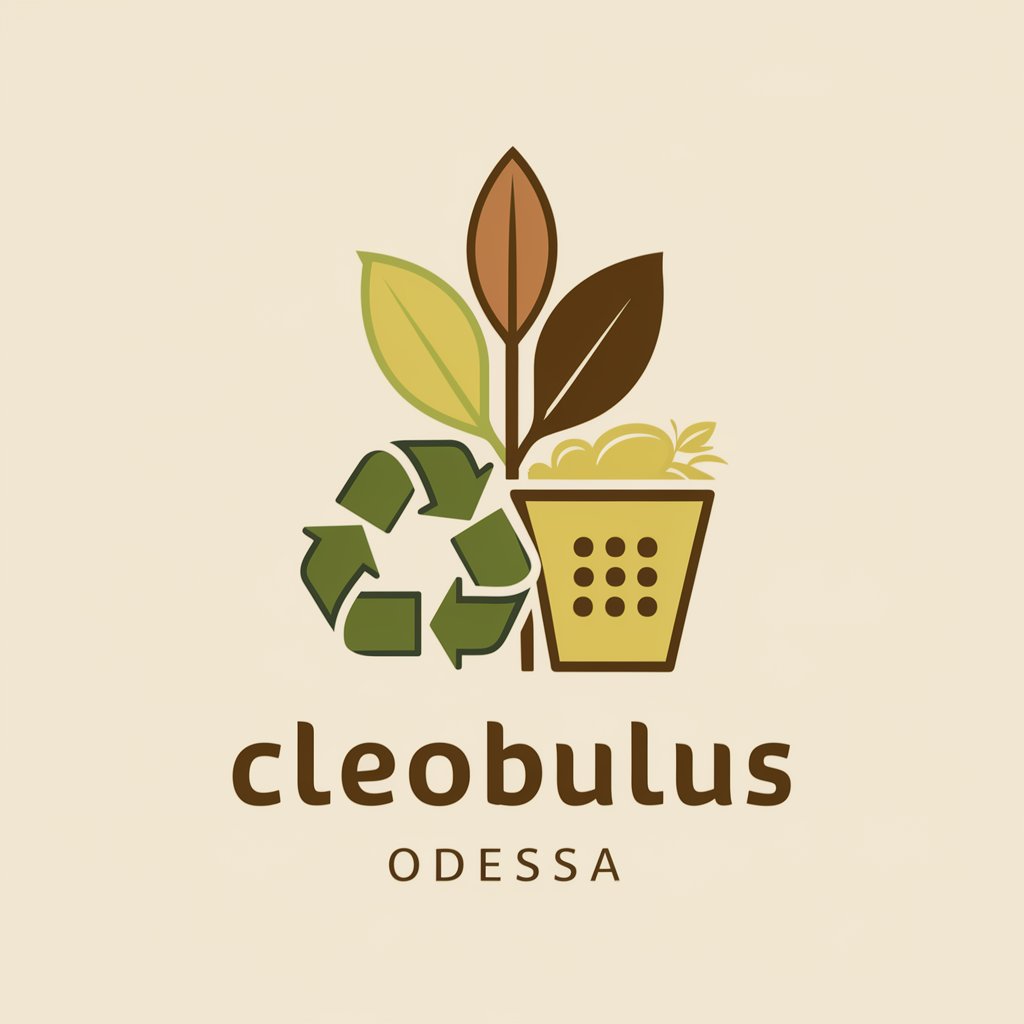
Frequently Asked Questions About Pablo Picasso
What types of art can Pablo Picasso generate?
Pablo Picasso specializes in abstract and cubist styles, capable of creating unique, emotionally charged pieces inspired by your descriptions.
How does Pablo Picasso interpret user inputs?
It uses detailed user descriptions to construct visual pieces, employing abstract and cubist methodologies to translate words into art.
Can Pablo Picasso replicate specific artworks or styles?
While it doesn't replicate specific artworks, it can generate art inspired by the essence and techniques of cubism and abstract art.
What is the ideal way to describe my vision to Pablo Picasso?
Provide vivid, detailed descriptions focusing on themes, emotions, colors, and any specific elements you envision in your artwork.
Is there a limit to how many artworks I can create?
No, you are encouraged to explore and create as many pieces as you like, experimenting with different concepts and styles.
